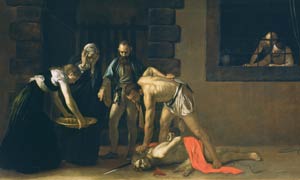Tree Of Life at the British Museum



On our trip to London I went to see
The Tree of Life - a sculpture assembled by Mozambiquen artists from guns decommissioned following the civil war. It was located in the stunning Great Court, with its glass domed roof. A week later we watched the moving documentary about the project on BBC 4,
Tree of Guns.
"We are all Africans," says author Margaret Busby. And we are: Africa, as they say, is the cradle of our civilisation. When you enter the Great Court of the museum you are welcomed by weapons. However, they are not recognisable as weapons any more.
Decommissioned after the Mozambique civil war, they have been reworked into a Tree of Life, a large sculpture installed to initiate Africa 05, the UK’s biggest celebration of African cultures.
Yet as well as this product of the modern world, the British Museum offers the chance to see and even touch another extreme of civilisation: African hand axes of almost two million years old, quite possibly the first tools ever made.
"We have done something quite new in that we made the handling a permanent part of the exhibition," says MacGregor. "We hope that every visitor will be able to hold these objects because that’s really how you realise the link to those first makers.
- British Museum press release
- Gun sculpture unveiled by museum : BBC News
- Africa at the British Museum: "The Tree of Life was made by Christavao Canhavato (Kester), Hilario Nhatugueja, Fiel dos Santos and Adelino Serafim Mate of the Nucleo de Arte, Mozambique. The sculpture is made out of weapons and was commissioned by the British Museum and Christian Aid through the Transforming Arms into Tools programme: people hand in guns from the civil war in exchange for sewing machines, bicycles, even tractors. The weapons are then dismantled and the artists make sculptures out of them."

















